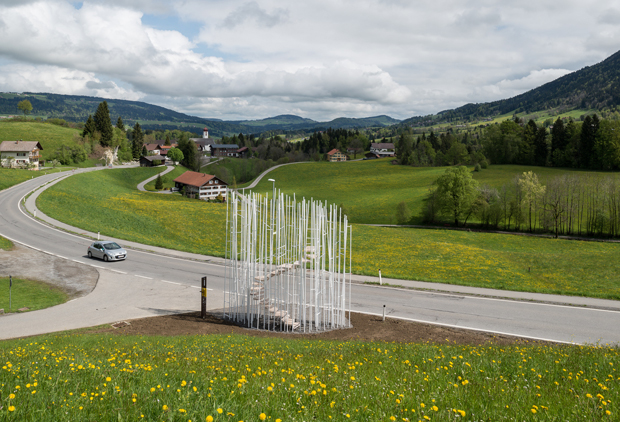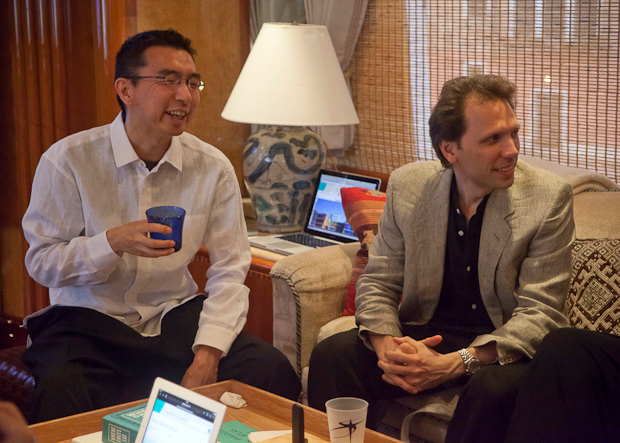Submitted by Berrin Chatzi Chousein
Sou Fujimoto tells us about the bus stop he built
Turkey Architecture News - Jun 25, 2014 - 00:08 5110 views
What happened when the Serpentine Pavilion architect went to the tiny Austrian village of Krumbach?

When Phaidon launched the Phaidon Atlas at the Venice Architecture Biennale a couple of weeks back Phaidon took a moment or two to catch up with some of our favourite architects, educators, curators and designers. One of these was the brilliant young architect Sou Fujimoto, described as a "visionary" by no less an authority than Hans Ulrich Obrist himself. We at Phaidon.com tend to agree.
Fujimoto, as anyone lucky enough to visit last year's Serpentine Pavilion in London will know, creates new forms of environments where the natural and the man made merge - not solely architectural nor solely natural, but a unique meeting of the two.
Often inspired by organic environments, his buildings inhabit a space between nature and artificiality and are always designed with human behavioral patterns in mind. His most recent complete project was, of all things, a bus stop in the small village of Krumbach in the Bregenzerwald area of Austria.

Sou Fujimoto checks out the Online Atlas at its launch in Venice. Matteo Cainer is to his left
"It was a really exciting project," Fujimoto told us at the Phaidon Atlas launch. "The mayor of the town is really interested in architecture and uses it to bring the village together. They sent me an email saying they would like to have a bus stop and that they were choosing seven architects to create seven different stops.
"I saw the list and it was so amazing - including many architects from my generation who I respected - so I really wanted to be part of it." The list included Wang Shu, RintalaEggertsson Architects, and Smiljan Radic. In lieu of a fee, each architect was offered a holiday in the area.
"It’s really an amazing project and really quite challenging because of course it’s part of a public transportation system but at the same time it’s quite a small and really intimate space," Fujimoto told us. "Also it was interesting to try to understand such a small and personal space but one on such a very public scale.....Continue Reading
> via Phaidon
